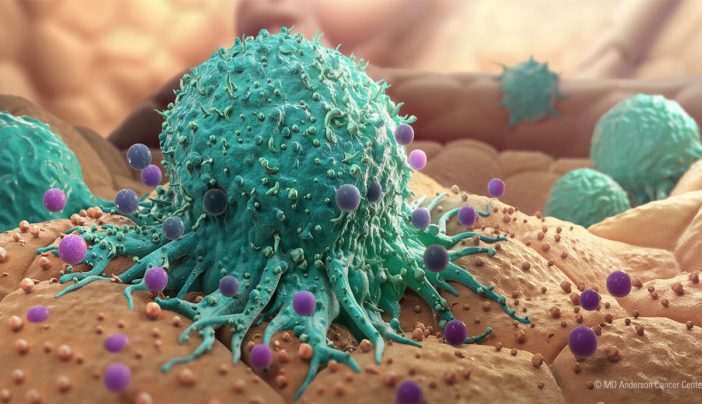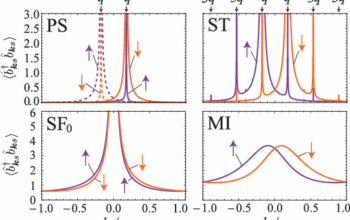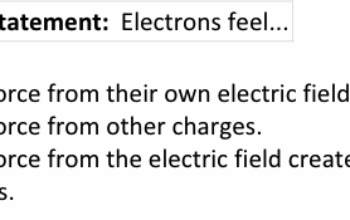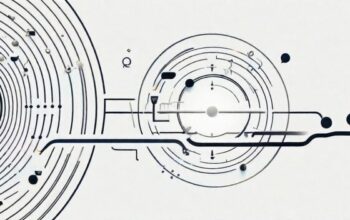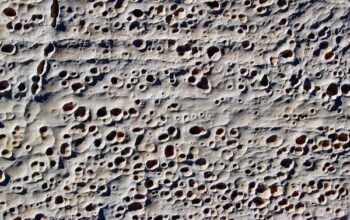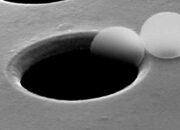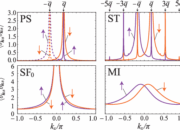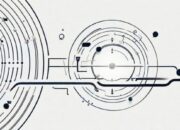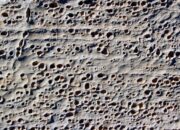Cancer, a pervasive disease affecting millions globally, has long intrigued researchers not only for its biological complexity but also for the underlying patterns that characterize its growth. Among these patterns, fractal geometry emerges as a prominent area of interest, offering novel insights into the structure and behavior of cancerous cells. This exploration into the fractal nature of cancer not only illuminates the chaotic growth of tumors but also hints at deeper biological implications that may inform future treatment methodologies.
Fractals, geometric shapes that exhibit self-similarity across different scales, manifest in various forms throughout nature. They capture the complexity of seemingly random structures, revealing inherent order within chaos. In the context of cancer, fractal patterns appear in tumor morphology, vascular networks, and even cellular arrangements. Researchers have found that the irregular shapes and complex borders of tumors often reflect fractal dimensions, which can be quantified using mathematical tools that describe the degree of complexity present in these structures.
The fascination with fractals in cancer research arises from their ability to bridge simple mathematical principles with the intricate realities of biological forms. The branching patterns seen in blood vessels surrounding tumors, often referred to as “angiogenesis,” demonstrate this relationship. Tumors require a blood supply to thrive and grow, leading to the formation of new blood vessels through a process that mimics fractal-like patterns. This phenomenon not only underscores the importance of vascularization in tumor growth but also suggests potential therapeutic targets. By disrupting blood flow to tumors, it may be possible to impede their growth and metastasis.
Moreover, the fractal nature of tumor growth has implications for understanding the aggressiveness of different cancer types. Research indicates that tumors exhibiting higher fractal dimensions tend to show more aggressive characteristics, such as increased invasiveness and a higher likelihood of metastasis. These metrics can be employed to assess tumor behavior, aiding in diagnosis and treatment planning. Through this lens, analysis of the fractal dimensions of tumors becomes a vital tool in the prognostic evaluation of cancer, potentially guiding clinicians in tailoring treatments to individual patient profiles.
The examination of cellular arrangements further highlights the presence of fractal patterns within cancerous tissues. Normal cells exhibit orderly, uniform arrangements; however, this order breaks down in malignant cells, resulting in irregular and chaotic geometric configurations. Such disarray echoes the principles of fractal geometry, which reveal how small perturbations can lead to significant changes in overall structure. This insight offers a deeper understanding of tumor heterogeneity, a phenomenon characterized by the presence of diverse cell populations within a single tumor. The fractal nature of this cellular diversity not only complicates treatment but also opens up avenues for the development of more precise therapeutic strategies.
Investigating the genetic underpinnings of fractal patterns in cancer introduces an additional layer of complexity. Mutations and epigenetic changes can lead to disruptions in the regulatory pathways that govern cellular proliferation and differentiation. These aberrations often result in the characteristic fractal growth patterns of tumors. It prompts researchers to ponder whether interventions that target specific genetic pathways can recalibrate the fractal architecture of tumors, restoring a more stable and potentially less aggressive phenotype. By understanding the genetic basis of fractal phenomena in cancer, targeted therapies can be envisioned that dismantle the chaotic structures of tumors, ultimately aiming to reverse their malignant progression.
Furthermore, the interplay between fractals and cancer is not merely confined to the physical dimensions of tumor structures but extends into the realm of imaging technologies. Techniques such as fractal analysis of medical imaging can enhance our understanding of tumor morphology and vascular growth. Advanced imaging modalities, including magnetic resonance imaging (MRI) and computed tomography (CT), can be utilized to extract fractal dimensions that provide insights into tumor behavior over time. This non-invasive approach is particularly advantageous, as it circumvents the need for biopsies while offering critical information for real-time monitoring of tumor evolution.
In conclusion, the hidden geometry of cancer, manifested through fractal patterns within and around tumors, presents numerous implications for understanding the pathology of this complex disease. The observation of fractal dimensions in tumor morphology, vascular networks, and cellular arrangements unveils underlying biological phenomena that shape cancer progression. This convergence of mathematics and biology not only enriches our understanding of tumor dynamics but also encourages the pursuit of innovative therapeutics tailored to the fractal nature of cancer. As research continues to dissect these intricate patterns, the potential for more effective cancer treatments and improved patient outcomes becomes increasingly plausible, offering hope for a future where cancer can be managed with greater precision and efficacy.
